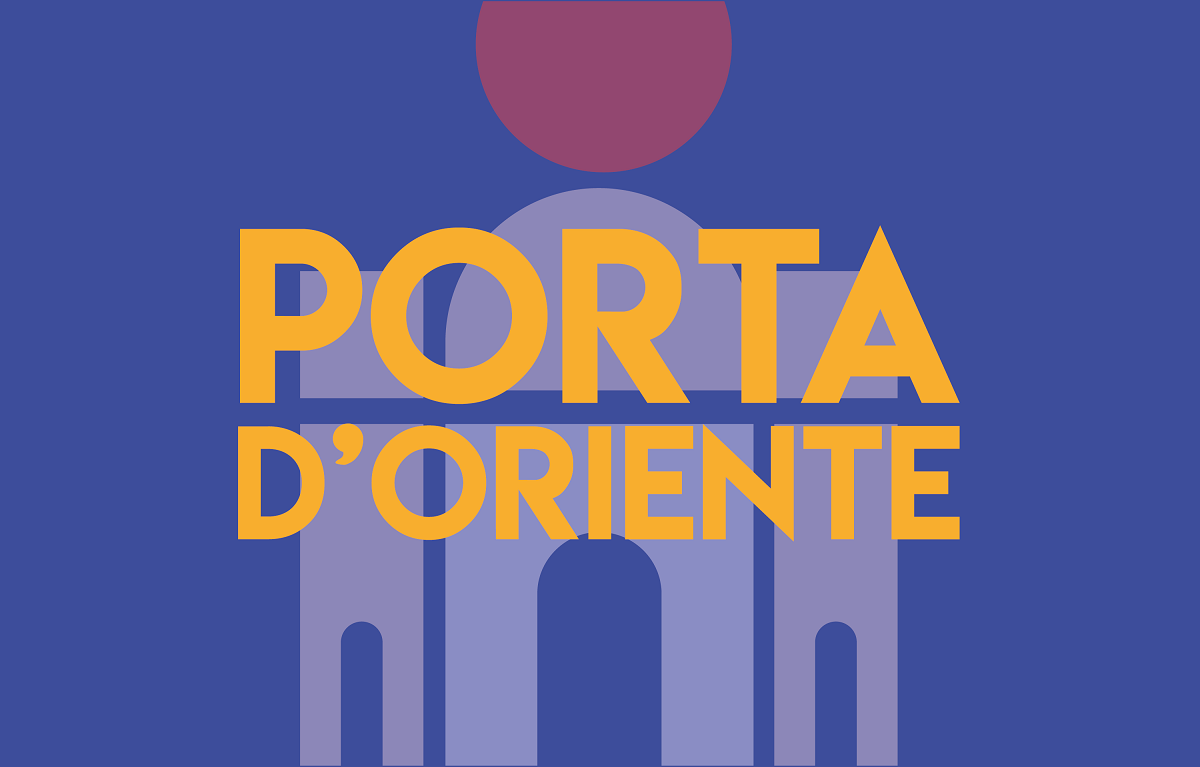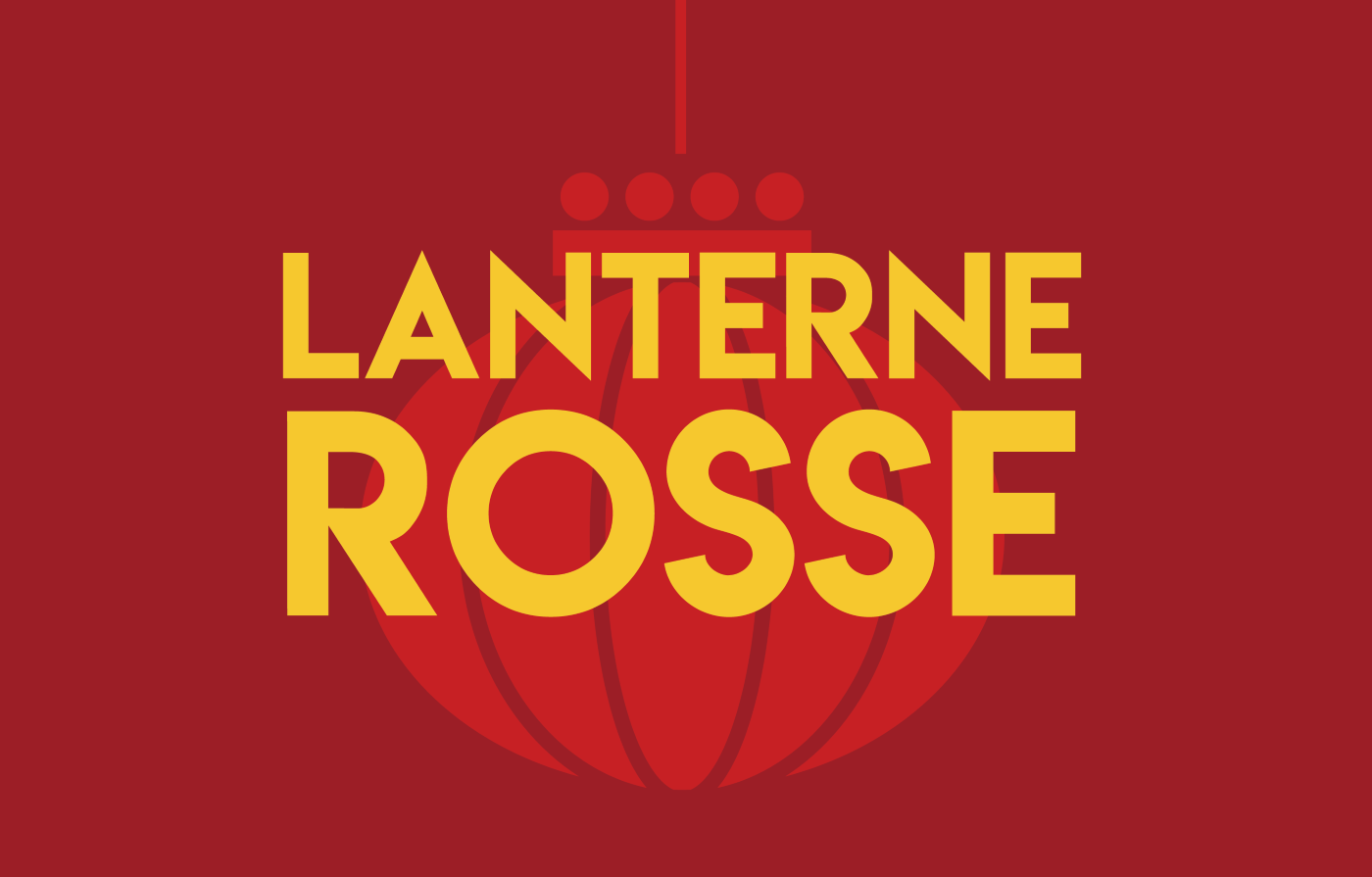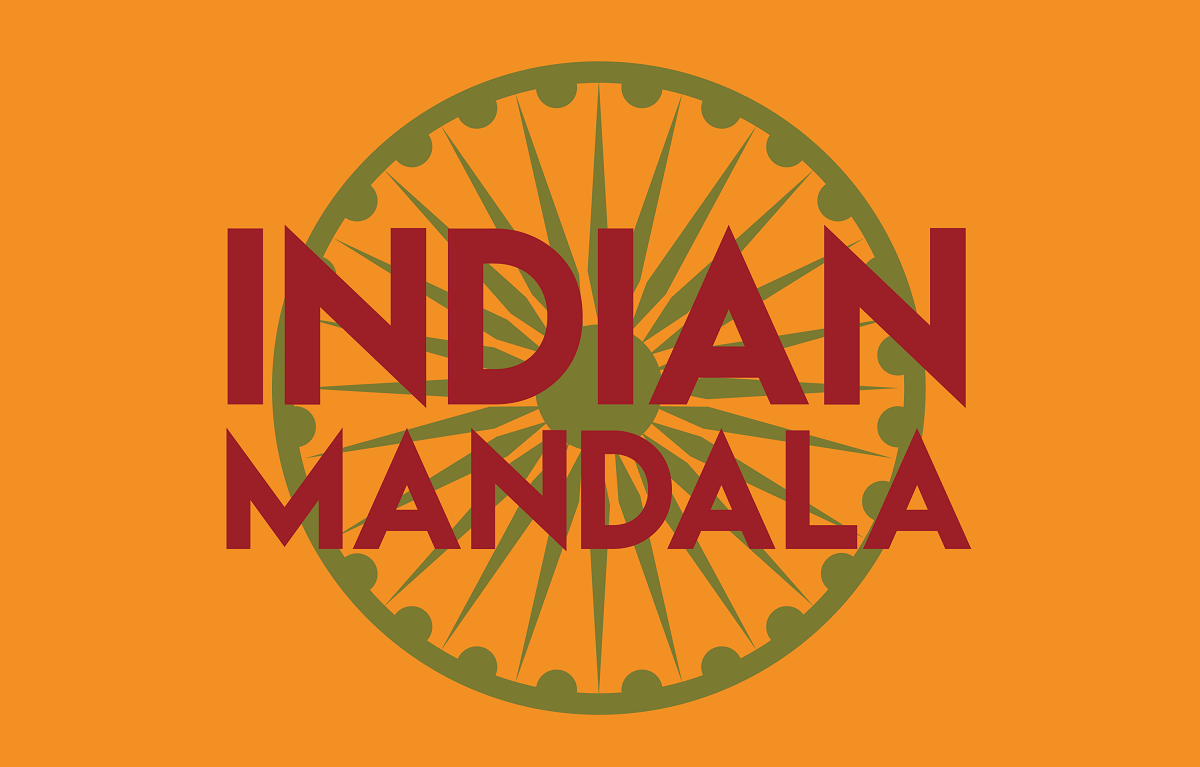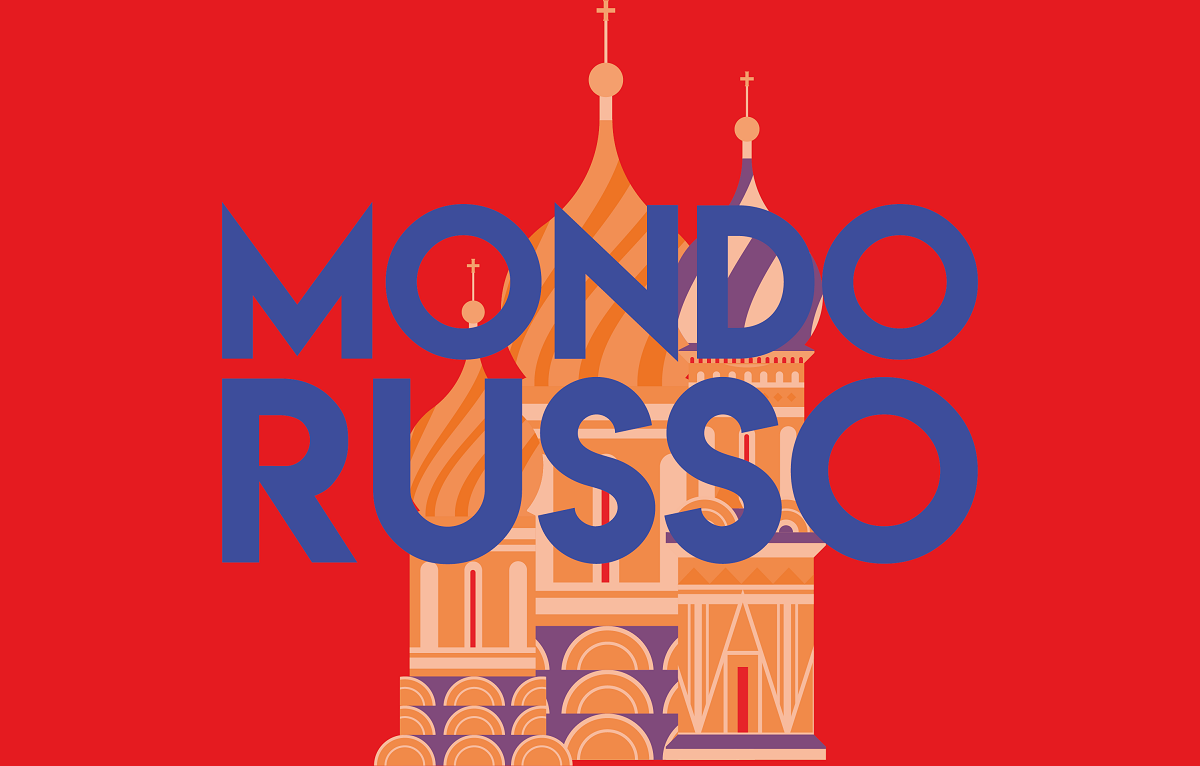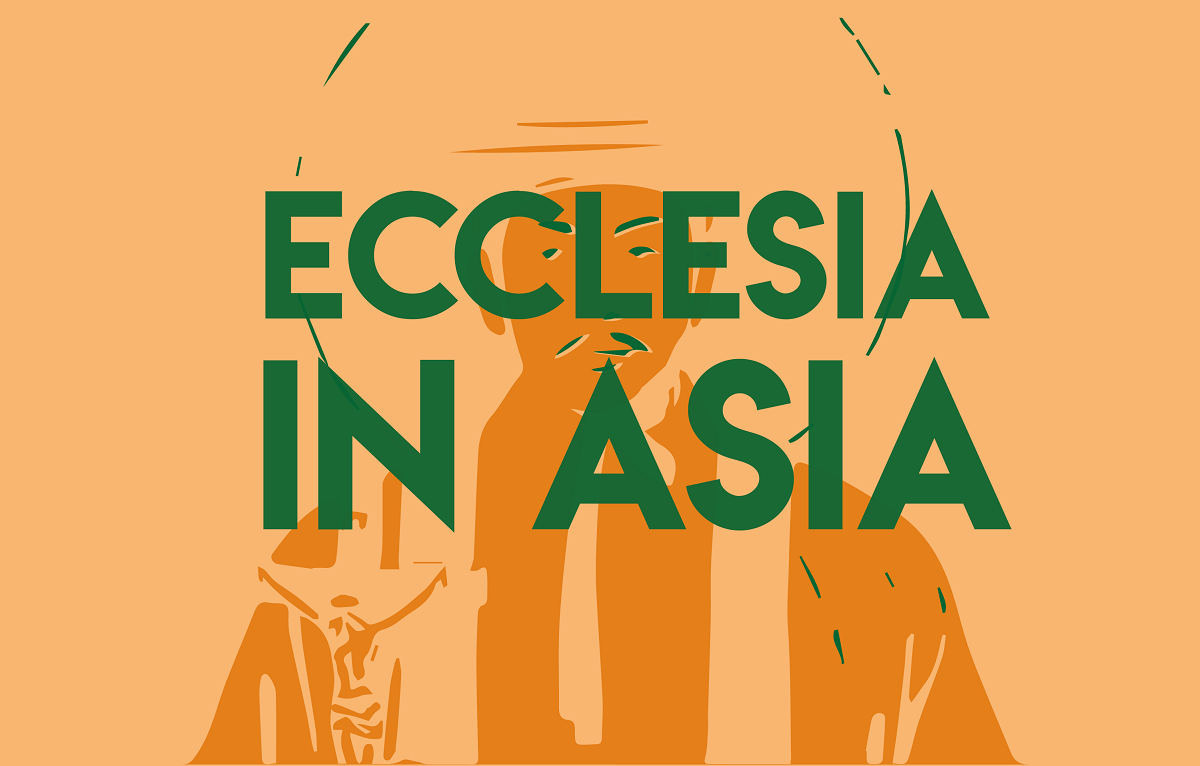Iran lorry drivers protest skyrocketing prices, dozens arrested
Almost two weeks after it began, the strike – overshadowed by nuclear talks – has spread to 155 cities. Lorry drivers oppose increases in insurance premiums and government fuel policies. At least 20 protesters have been arrested, while food products, including fruit, have increased by 50 per cent. To repress dissent, the clerical regime is resorting to technology.
Milan (AsiaNews) – Negotiations between the United States and Iran over the latter’s nuclear programme are being closely monitored around the world, especially in the West, while certain developments within the country have received very little coverage.
At least 155 cities have been affected by a nationwide strike by lorry drivers, which has paralysed the freight/haulage sector, with huge spikes in prices, trying the patience of already hard-up consumers.
Iranian authorities have made about 20 arrests among drivers in Bijar and the provinces of Kermanshah, Ardabil, Gilan-e-Gharb, Fars, Isfahan, Hormozgan, and Behbahan.
The Union of Lorry Drivers and Transportation Organisations of Iran have called for the “immediate and unconditional release of all arrested colleagues,” while taxi drivers in Sabzevar have joined the labour action.
Freight/Haulage industry in crisis
The strike was sparked by a sharp jump in insurance premiums and new fuel pricing policies, which drivers say threaten their livelihoods, in addition to the many economic and social hardships that have affected the sector over the past year.
In April, several drivers were killed and lorries were damaged by explosions at the Shahid Rajaee port in Bandar Abbas, a major trading hub. Around the same time, a Persian-language BBC investigation showed a flood of Afghan drivers entering Iran through the Dogharoun border, competing with locals for work.
However, the tipping point came when the government announced a drastic increase in insurance premiums, which jumped from around 2.4 million tomans to 3.3 million – roughly US$ 29 to US$ 40 at current exchange rates. Premiums are even higher for new and inexperienced drivers, at around 4 million tomans (about US$ 50).
The rises were caused by cuts to government subsidies that helped cover insurance costs. Now, only experienced drivers are eligible for government support, while new drivers must pay the full amount.
Furthermore, many drivers lament that they have had to struggle in the past to afford insurance even at discounted rates, although the peak of the crisis coincides with the accident at the port of Bandar Abbas. Drivers complain that they are still required to make monthly payments on their vehicles even though they have not been compensated for those damaged or destroyed.
Reza Akbari, head of the Road Maintenance and Transport Organisation, pledged to get insurance costs down, but noted that this requires regulatory changes and additional government funding.
Meanwhile, the protest has received unprecedented support from teachers’ unions. For one union activist, Mohammad Habibi, the labour action reflects greater social awareness, especially after the 2022 protests that followed the death of Mahsa Amini.
“This social maturity, especially after the Woman, Life, Freedom movement, is forming and consolidating further,” he told IranWire, adding that, “The repeated emergence of such collective movements among different social groups, including workers, retirees, teachers, nurses, and truck drivers, shows that society has reached the understanding that if it wants to achieve a demand, it has no way other than organization and persistence."
Surging prices
Prominent figures have come out in support of striking lorry drivers, including film director Jafar Panahi, recent winner of the Palme d’Or at Cannes, who called on the drivers to extend the protest nationwide.
“This strike is a powerful cry to the government: Enough is enough. End the oppression and exploitation before nothing remains for the people," he wrote on Instagram.
Jailed Nobel Peace Prize winner Narges Mohammadi expressed her support and solidarity in a short note posted on X (formerly Twitter)
Meanwhile, the strike is already being felt since haulage is responsible for 90 per cent of Iran’s freight movement with serious impact on the transportation of goods, including food, fuel, and industrial materials.
Reports from across the country indicate that major highways and lorry terminals remain largely deserted, and both cities and rural areas are feeling the impact of shortages.
Although Iran’s vast oil and gas reserves keep fuel prices among the lowest in the world, the increases have sparked widespread anger. A prime example is the cost of fruit, which is up by more than 50 per cent in the past week amid a general disruption of the transport network.
Price monitoring by the Tabnak news agency shows significant spikes in several products. Freshly picked seasonal fruits – including cherries, apricots and white mulberries – have seen sharp price increases. Red and yellow apples have increased by an average of 40,000 tomans, reaching up to 100,000 tomans per kilo.
These are pretty high prices, considering that the US dollar is wort about 82,000 tomans and the average monthly salary is around 16,400,000 (US$ 200 dollars).
Official statistics show that over 70 per cent of the Iranian population lives below the poverty line and about 10,000 children drop out of school every year due to economic hardship, joining the nearly one million already out of the school system.
These dire economic conditions have created fertile ground for street protests and labour unrest in various sectors, with the authorities responding using a new approach and different repressive tools.
Technology against dissent
As street protests and popular discontent increase in response to the economic crisis, fuelled by Western sanctions, Iranian authorities are increasingly turning to technology –more than weapons – for social control.
Some have noted that the Islamic Republic is in a new phase of security governance, with control no longer upheld exclusively by guns and arrests, but rather by data analysis, surveillance, and information engineering.
This shift from open violence to the use of algorithms is framed by state propaganda as “smartification” and “psychological security,” buzzwords that mask a deeper goal, namely building a more efficient social control system to anticipate rather than repress protests and discontent.
While Iran is open to nuclear talks with the United States, it is preparing domestically for failure and a worsening of the crisis.
This explains the authorities’ widespread use of Internet monitoring, cell phone tracking, facial recognition, shop surveillance, and even mandatory in-home cameras, to build a digital control society.
The goal is to neutralise dissent before it starts, with a “softer” or, as some might say, a more “benevolent” face of policing and certainly less invasive thanks to modern technologies.
The result is a seamless and predictive regime designed not just to monitor people, but to anticipate and contain them. In recent years, Tehran has adopted a more systematic and technical approach to digital control.
A clear indicator of this is the resolution passed by the Supreme Cyberspace Council in January 2025. Although presented as a plan to “lift filtering” of content, the directive expands the rules on online activity. It authorises the government to monitor “criminal content,” limit VPNs, and penalise the spread of so-called fake news.
The same tools are being used to enforce dress codes, like in Isfahan, where authorities use contactless payment readers and surveillance cameras to identify women without the mandatory hijab.
This strategy does not simply repress resistance, but aims to erase the very possibility of it, as well as interrupting communications and freezing public and digital spaces.
If the objective is achieved, Iran will not only be a surveillance state, but one that anticipates dissent itself with individuals profiled, categorised and neutralised before they act.
In this case, repression no longer wears a uniform, but works silently to predict and prevent.
GATEWAY TO THE EAST IS THE ASIANEWS NEWSLETTER DEDICATED TO THE MIDDLE EAST. WOULD YOU LIKE TO RECEIVE IT EVERY TUESDAY? TO SUBSCRIBE, CLICK HERE.
06/12/2022 17:57
15/06/2018 15:03





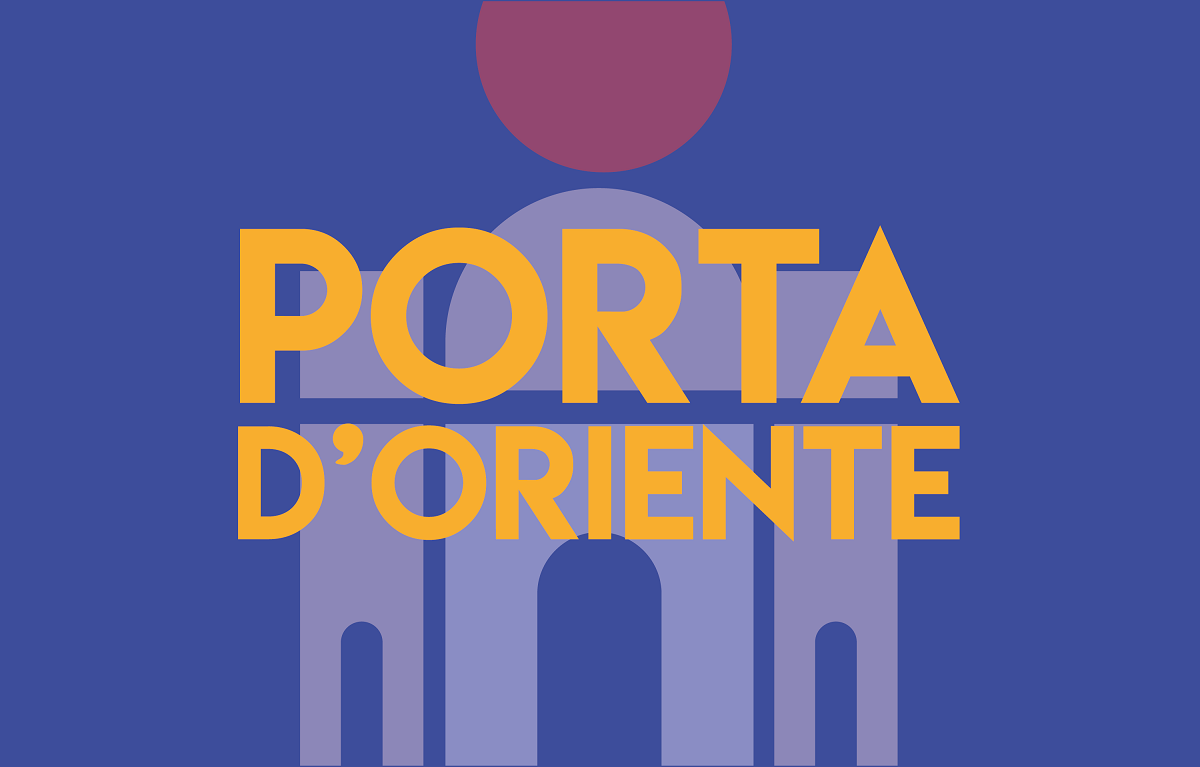
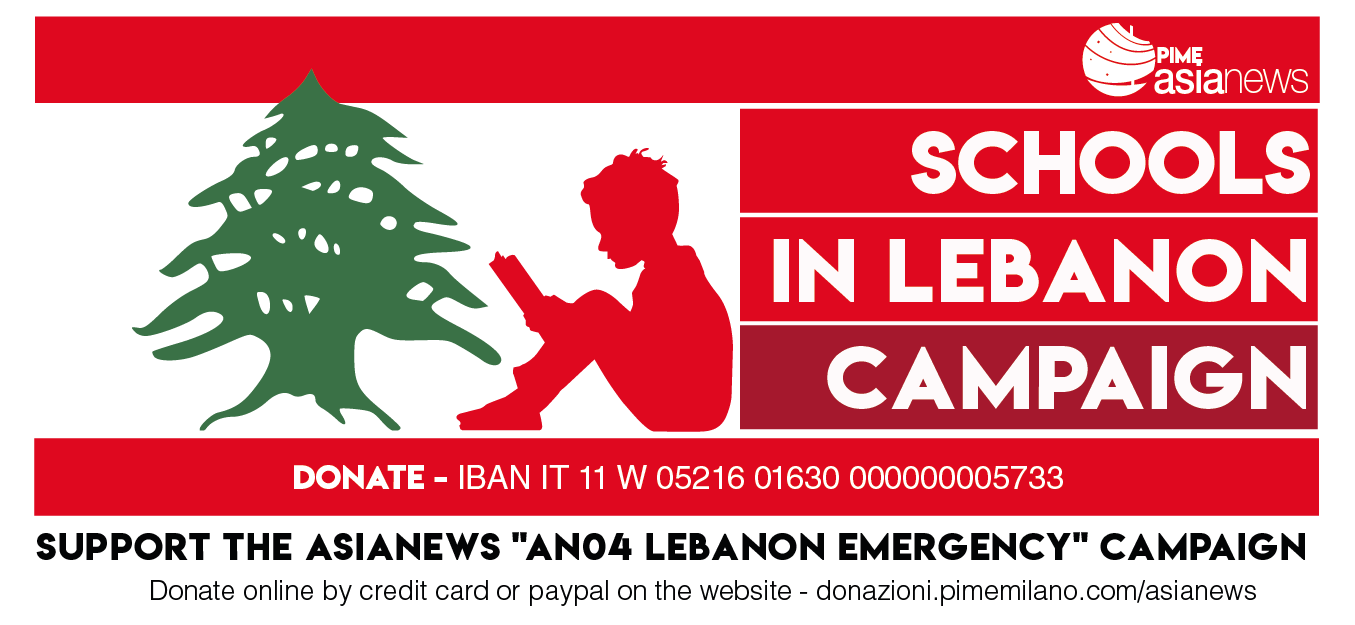
.png)
